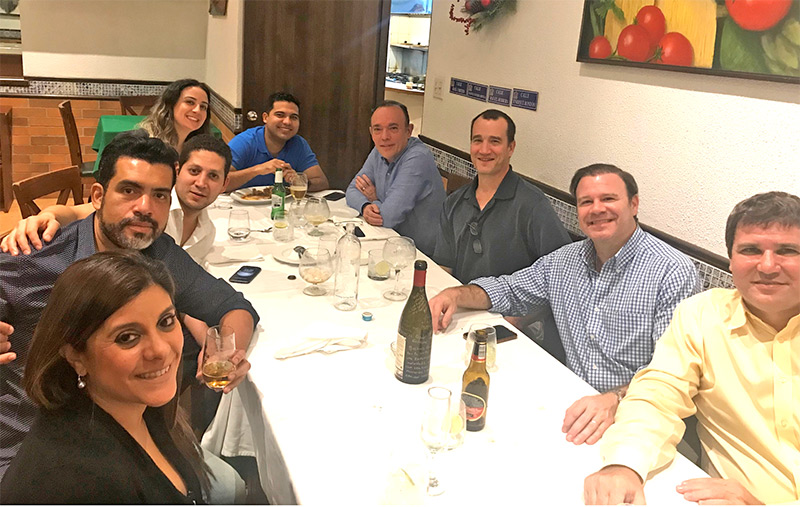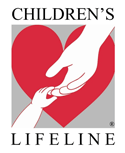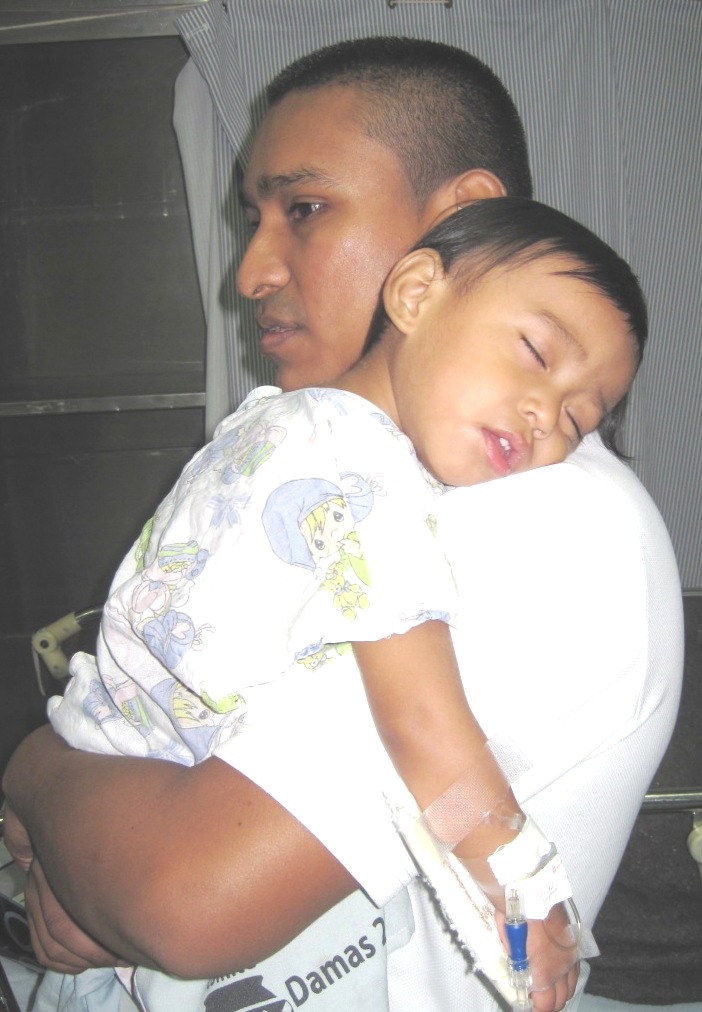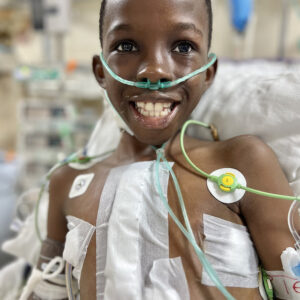Status of Panama Pediatric Cardiac Program
Panama and Central American Pediatric Cardiology Missions
Summary as of Jan 2020.
History:
Children’s Lifeline originally contacted pediatric heart surgeon Ross Ungerleider, at OHSU at that time, about starting pediatric heart surgical missions to Panama (Annie Mendenhall was a specific contact.) Ross then contacted Dr. Michael Womack since he had been working in Honduras and Nicaragua a few years already in cardiology. Dr. Womack’s first site visit to Panama was January 2002.
Ultimately there were 4 surgery/cardiology trips but by the end of 2003, it was clear that limitations with the local surgeons (especially) would prevent lasting success. Thus, starting Jan 2004, Dr.Womack’s trips were focused on developing the underlying pediatric cardiology program, including interventional catheterizations, and diagnostic evaluations, to set the stage for a successful surgery program that would presumably come later. (In 2020, the sad fact is that the surgery side still has severe limitations, but after 35 trips, the pediatric cardiology program has soared.)
Important support has come from Children’s Lifeline over the years, and this has been combined with local support from Gift of Life Panama, of the local Rotary Club, and its many benefactors within Panama. The local children’s hospital, always supportive, also began budgeting cath lab supplies a few years ago. The missions utilize the cath lab in a private hospital near the children’s hospital, and their administration and staff have been vital in supporting the missions. Finally, Gift of Life funded training of a local pediatric cardiologist in Mexico, training he completed almost 3 years ago, and now with the momentum of the overall program, the local cardiologists perform diagnostic and interventional cases year round.
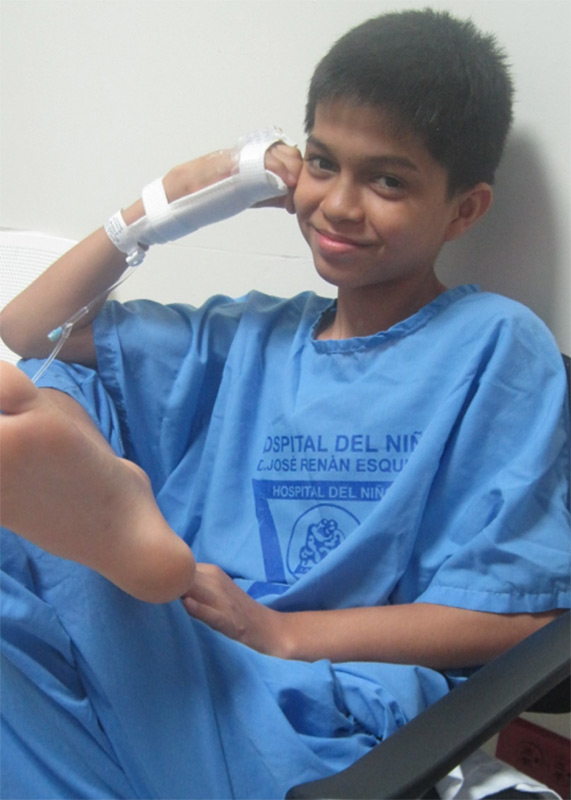
The mission trips have evolved from the only opportunities to get cases done during the year, using material Dr. Womack brought down for the purpose, into intense training weeks where he jointly performs more complicated cases to develop higher level skills and new techniques.
Dr. Womack also routinely brought in regional colleagues from Costa Rica, Nicaragua, Honduras and Mexico to share in the group learning and experience. This has created a cohesive group of colleagues who have worked many cases together, shoulder-shoulder, a team we hope to “export” from Panama into areas (e.g. Nicaragua and Honduras) where services are still very limited.
Taking a regional group to new venues is to develop the various local programs of course, but it must also be stressed, this is part of the development of the team members as well: Few things are as educational for a clinician as mentoring someone else.
The picture below is the group of students and residents that attended our Dec 2019 mission.

Some Numbers and Details:
During 35 trips following the initial site visit, the medical missions have done 470 catheterizations (almost 800 in the region since April 1999) and a large volume of echocardiographic and other diagnostic evaluations. The great majority of the catheterizations have been interventional, with no procedural deaths or surgical complications, and almost no complications of any sort (<0.3%)
Cases performed include aortic and pulmonary valve dilations; aortic and pulmonary angioplasty with and without stent placement; collateral vessel and PDA occlusions; ductal stenting for ductal-dependent congenital defects; foreign body removal; and closure of atrial and ventricular septal defects. Patients ranged from preterm infants to > 70 years.
We actively use transthoracic and, when needed, transesophageal echocardiography in the cath lab. These techniques are also used for diagnostic evaluations, even including fetal echoes.
In addition to our regional congenital cardiology colleagues, we also work with adult cardiologists in their own cases. Local medical students, residents and fellows in training are routinely part of the mission trips, and over the years, a number of our local colleagues have been promoted from these ranks, and now work with us as peers. Many medical students and cardiology fellows from the United States have attended the mission trips, and some of them have continued their mission work with us or elsewhere, following their training.
Surgical treatment of local patients is done in Panama in some cases, and in outside countries in many others; some have been performed by visiting surgical mission groups. Catheterization for evaluation and/or intervention has often been required to set up these surgeries.
There are ongoing efforts in Panama and the region to establish successful surgical missions to help develop the local surgery side of the program now that the cardiology base is so well set.
The picture below at the dinner table includes members of Gift of Life Panama along with cardiologists from Panama, Costa Rica, Mexico and the USA. The camaraderie is road-tested and genuine.
Future Plans:
1) The next trip will be scheduled as soon as the COVID-19 pandemic allows safe international travel.
2) We hope to continue to include regional colleagues in the Panama missions.
3) We hope to return with the regional team to Nicaragua and Honduras to jump start these programs, as well as to develop further the regional team itself, through the mentoring. This is the next frontier.
